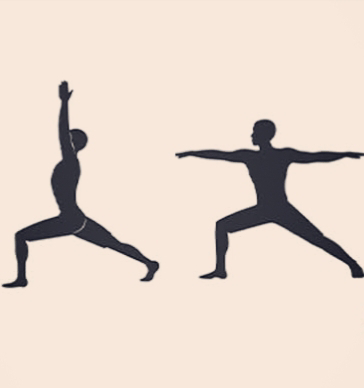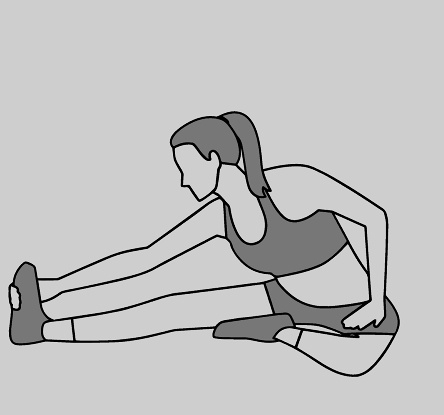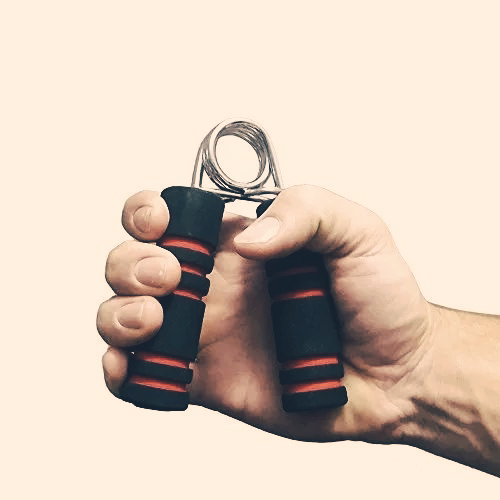FITNESS GUIDE
THIS BLOG IS ALL ABOUT FITNESS AND NUTRITION.SO FOLLOW ME TO CORRECT YOUR LIFESTYLE .
Followers
Wednesday, February 7, 2024
The Yoga Revolution: How This Ancient Practice is Transforming the Fitness World
Thursday, January 4, 2024
Arm wrestling training for beginners 2024
Tuesday, January 2, 2024
Static Streching Vs Dynamic Streching Analysis 2024
"Prime & Ignite: The Essential Pre-Workout Warm-Up Routine"
**Title: Prime & Ignite: The Essential Pre-Workout Warm-Up Routine**
**Introduction:**
- Brief overview of the importance of a proper warm-up before exercise.
- Setting the stage for the "Prime & Ignite" concept.
**Section 1: The Science Behind Warm-Ups **
- Explanation of physiological changes during a warm-up.
- Increased blood flow, elevated heart rate, and improved muscle flexibility.
- How these changes prepare the body for more intense physical activity.
**Section 2: Components of an Effective Warm-Up **
- Dynamic stretching: Detailed explanation and benefits.
- Aerobic exercises: Why light cardio is crucial.
- Activation exercises: Engaging specific muscle groups to enhance performance.
**Section 3: Tailoring Warm-Ups to Different Workouts**
- Different warm-up strategies for cardio, strength training, and flexibility workouts.
- Importance of considering workout intensity and type.
**Section 4: Prime & Ignite Routine Breakdown**
- Step-by-step guide to the "Prime & Ignite" warm-up routine.
- Specific exercises, duration, and order for optimal results.
- Highlighting the versatility of the routine for various activities.
**Section 5: Common Mistakes to Avoid**
- Overlooking warm-up due to time constraints.
- Inadequate intensity or duration of warm-up.
- Relying solely on static stretching.
**Section 6: Real-Life Benefits and Success Stories **
- Testimonials or anecdotes from individuals who experienced positive results.
- Improved performance, reduced risk of injury, and enhanced overall fitness.
**Conclusion:**
- Recap of key points.
- Emphasizing the role of the "Prime & Ignite" routine in maximizing workout effectiveness.
**Closing Thoughts:**
- Encouraging readers to prioritize warm-ups as an integral part of their fitness routine.
- Inviting feedback and sharing personal experiences with the "Prime & Ignite" routine.
This outline should give you a solid foundation for expanding each section into a 2000-word article. Feel free to adjust as needed!
Sunday, December 31, 2023
"Walking into Wellness: Embrace the Day with Your Morning Stride"
Friday, December 29, 2023
How to grow chest size in a week
To grow your chest effectively, focus on compound exercises like bench presses, incline presses, and chest dips. Ensure proper form, gradually increase weights, and incorporate variations in your routine. Include isolation exercises such as flyes and push-ups, and prioritize a balanced diet with sufficient protein intake. Consistency, progressive overload, and adequate rest are key components for optimal chest muscle growth. Additionally, consider consulting with a fitness professional for a personalized plan tailored to your goals and body type.
1. **Bench Press:** A fundamental compound exercise, bench press targets the chest, shoulders, and triceps. Perform flat, incline, and decline variations for overall chest development.
2. **Incline Dumbbell Press:** This targets the upper chest, providing a different angle of stress compared to flat bench press.
3. **Chest Dips:** An excellent bodyweight exercise that engages the chest, triceps, and shoulders. Use parallel bars and focus on controlled movements.
4. **Push-Ups:** A versatile exercise that effectively works the chest. Experiment with different hand placements for varied emphasis on chest muscles.
5. **Dumbbell Flyes:** Isolate the chest muscles by performing flyes, focusing on controlled, wide arm movements. This helps stretch and contract the chest.
6. **Cable Crossover:** Utilize cable machines for a continuous tension on the chest muscles. Adjust the pulleys to target different parts of the chest.
7. **Machine Chest Press:** Ideal for beginners or those working with injuries, machine chest press allows controlled movements with less stabilization required.
Remember, proper form is crucial for muscle growth and injury prevention. Incorporate a mix of these exercises into your routine and progressively increase weights for optimal chest development.
"Powerful Pins: A Comprehensive Guide to Maximizing Your Leg Day Workout"
Thursday, December 28, 2023
"Optimal Thyroid: Nourishing Your Health through a Balanced Diet"
Thursday, December 21, 2023
How to strengthen Finger with verious exercises
Tuesday, December 19, 2023
Best forearm exercises in gym 2023
Sunday, December 17, 2023
Libido, Women and workout : Expectations vs. Reality
The Yoga Revolution: How This Ancient Practice is Transforming the Fitness World
Introduction Will you know about the yoga revolution? This ancient practice that originated in ancient India is taking the fitness world b...

-
**Title: The Comprehensive Benefits of Morning Walks** Introduction: A morning walk is not just a routine; it's a journey to...
-
Maintaining a healthy diet with thyroid issues involves: 1. **Balanced Diet:** Include a mix of fruits, vegetables, lean protein...











